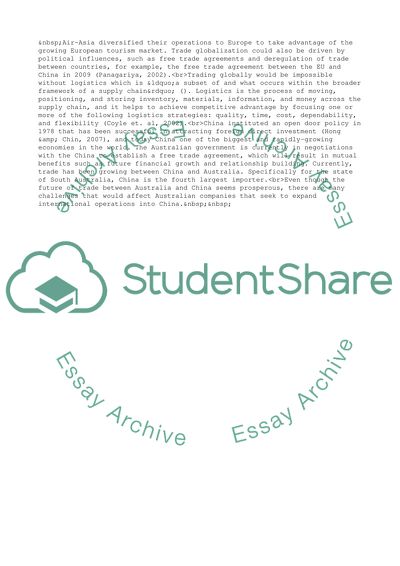Cite this document
(Logistics and Supply Chain Operations of the Barossa Wine Company Research Paper, n.d.)
Logistics and Supply Chain Operations of the Barossa Wine Company Research Paper. Retrieved from https://studentshare.org/business/1738595-logistics-and-supply-chain
Logistics and Supply Chain Operations of the Barossa Wine Company Research Paper. Retrieved from https://studentshare.org/business/1738595-logistics-and-supply-chain
(Logistics and Supply Chain Operations of the Barossa Wine Company Research Paper)
Logistics and Supply Chain Operations of the Barossa Wine Company Research Paper. https://studentshare.org/business/1738595-logistics-and-supply-chain.
Logistics and Supply Chain Operations of the Barossa Wine Company Research Paper. https://studentshare.org/business/1738595-logistics-and-supply-chain.
“Logistics and Supply Chain Operations of the Barossa Wine Company Research Paper”, n.d. https://studentshare.org/business/1738595-logistics-and-supply-chain.


